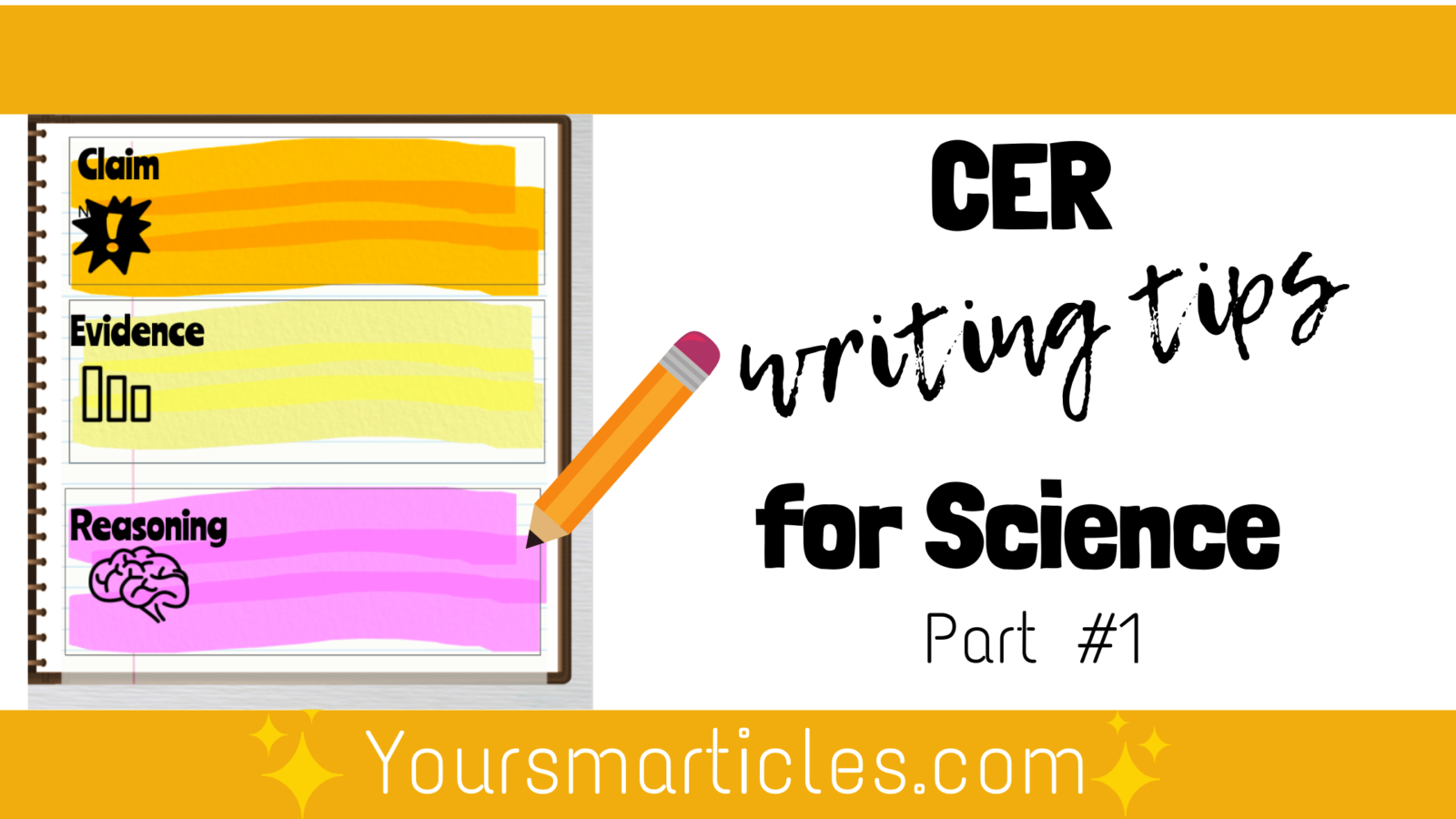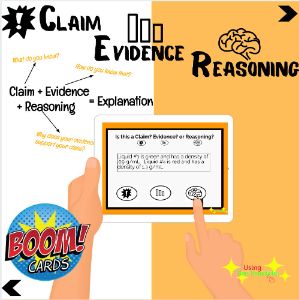Claim-Evidence-Reasoning or CER is a science and engineering practice built into the NGSS model. The CER is essentially a report, and these reports help foster a student’s ability to analyze data that they’ve collected and make the connection between data and understanding. After a few years of adopting this Science and Engineering Practice, I’ve found a few strategies to help you in your instruction. This post is the first in a three part series evaluating ways to support your student’s understanding of the CER Report AND supporting their ability to effectively write them.
Strategy #1. Evaluate Existing CER Reports
Providing students with existing CER Reports scaffolds their understanding of the model of writing that you’re expecting and solidifies their understanding of what each section should sound like. I like using this matching game and partnering students to work together to identify Claim statements, Evidence statements and then Reasoning statements. The game is a series of ‘slips’ containing examples of EACH element of a CER.
First, students are asked to identify claim statements. Students are guided to look for factual statements. I encourage them to recognize statements that state a finding, a discovery or a simple statement of a fact. You can scaffold student’s ability to recognize fact vs. opinion statements using this helpful resource. As students identify the claim statements, they shade in the oval with the exclamation point.
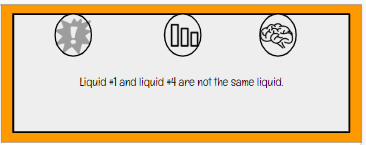
Next, students are provided with brief statements that represent either qualitative or quantitative data. They quickly catch on that evidence is data that is collected or observed in an investigation. Often students gravitate towards the slips with numbers because they represent ‘data’, but data can be observations as well. They will need guidance on recognizing qualitative vs. quantitative data. Here’s a FREE RESOURCE to support their understanding of these two terms. As students identify the evidence statements, they shade in the oval in the center with the bar graph.
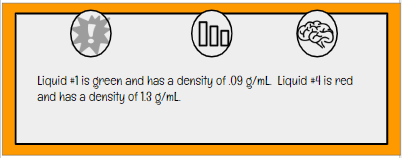
The reasoning, for some reason <see what I did there?> is the hardest part for the students to write. In reality, it’s the most important part. It is in the reasoning that the students make the connection between the evidence they have connected and the claim they made. I like to think the reasoning does the heavy lifting. In this CER matching activity, the reasoning statements are written like summary or discovery statements that restate the message communicated in the claim. As students identify the reasoning statements, they shade in the oval with the brain.
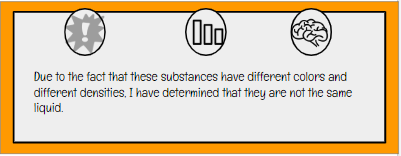
In this particular sort, the final task is for students to pair up the claims they’ve identified, with the matching evidence and reasoning. There are 9 CER reports in total. This will give students a GREAT start towards writing their OWN CER reports. In part 2 of this CER series, I’ll share with you some sentence starters and teaching strategies to get them rolling with their own reports! Stay tuned.
For more on the CER, see Bozeman science https://www.youtube.com/watch?v=5KKsLuRPsvU
For student tips on writing a CER, https://www.youtube.com/watch?v=87ehtc0y0TI
Digital CER Identification Game
FREE ✨Smarticles!✨
Connect with ✨Your Smarticles✨ to get our latest content by email.

